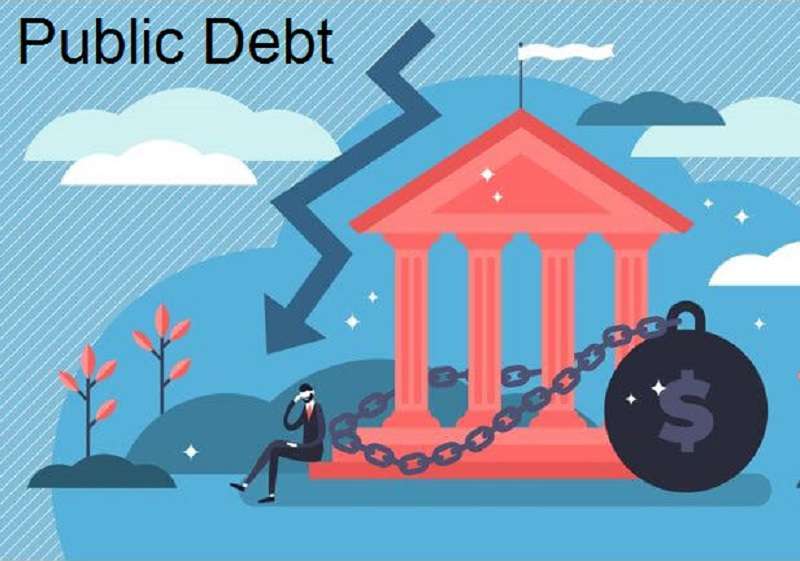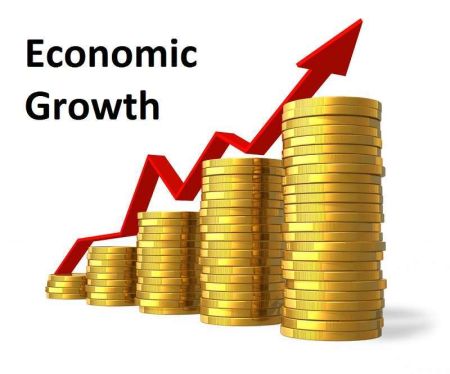April 18: The path towards sustainable government debt levels around the world is under threat this year from the sheer number of elections taking place, AFP reported citing the IMF’s new report on Wednesday.
"History suggests, and empirical evidence confirms, that governments tend to spend more and or tax less in election year," Vitor Gaspar, the head of the International Monetary Fund's Fiscal Affairs told AFP, ahead of the publication of the Fiscal Monitor report.
He added that the situation this year is particularly complicated because, "the political discourse is dominated by references to fiscal expansion and calls for fiscal support or public spending -- or both."
According to AFP, the Fiscal Monitor report found that global public debt "edged up again" last year, reversing a couple of years of decline, due largely to a fall in revenues "as windfall revenues from inflation waned."
"Fiscal tightening is projected for 2024, but it is subject to considerable uncertainty," the IMF report continued.
Much of this uncertainty, the IMF said, is down to the fact that 2024 is the "Great Election Year," when 88 economies or economic areas representing more than half of the world's population have held, or are due to hold, elections.
"Clearly, given the stronger link between fiscal policy and politics, it is perfectly reasonable to think that political factors and political discourse will play an added role right now," Gaspar told AFP.
The IMF predicts that current spending and taxation levels have put global public debt on track to rise from just over 93 percent of economic output last year to 99 percent by 2029.
This trend is "driven by the world's two largest economies, China and the United States, where under current policies public debt is projected to continue increasing beyond historical highs," the IMF report said.
The US experienced "remarkably large fiscal slippages," last year, the IMF said, citing a steep decline in income tax revenues due to lower capital gains taxes and "delayed tax payment deadlines."
Like the US, China's fiscal deficit is projected to remain at elevated levels over the next five years, rising from more than seven percent of GDP last year to around eight percent by 2029.
"China stands out as a country where the deficit has stayed elevated throughout," Gaspar said.
However, "China, as the United States, has policy room to correct the situation and can do it from a public finance viewpoint," he continued, adding: "China does have room to maneuver."
Given China's role as a leading bilateral lender to many of the world's developing economies, its fiscal position carries consequences for countries around the world.
According to AFP, the Fiscal Monitor report called for countries to make a "renewed push" toward consolidating their fiscal positions -- especially given the expected loosening of tight monetary policy in many places through interest rate cuts later this year.
To do this, the IMF recommended that countries should start by "immediately" phasing out pandemic-era support measures, scaling back fuel and energy subsidies, and enacting entitlement reforms in advanced economies with ageing populations.
In emerging market and developing economies, governments should "renew efforts to rationalize large government wage bills, and reform social safety nets," the IMF said.
In the context of Nepal, the share of public debt has been increasing compared to the gross domestic product (GDP).
According to the latest data, Nepal's public debt has soared to 43.80 percent of the total GDP. This figure is based on the loans taken by the government as of mid-November of the current fiscal year.
As per the government data, Nepal’s public debt has increased to Rs 2357 billion mainly due to the rise in government’s tendency to raise debt to meet its current expenses.
The government’s internal debt stood at Rs 1183 billion and external debt is Rs 1173 billion as of mid-November 2023.
The country’s public debt was Rs 2221.67 billion in mid-July at the beginning of the current fiscal year.






















